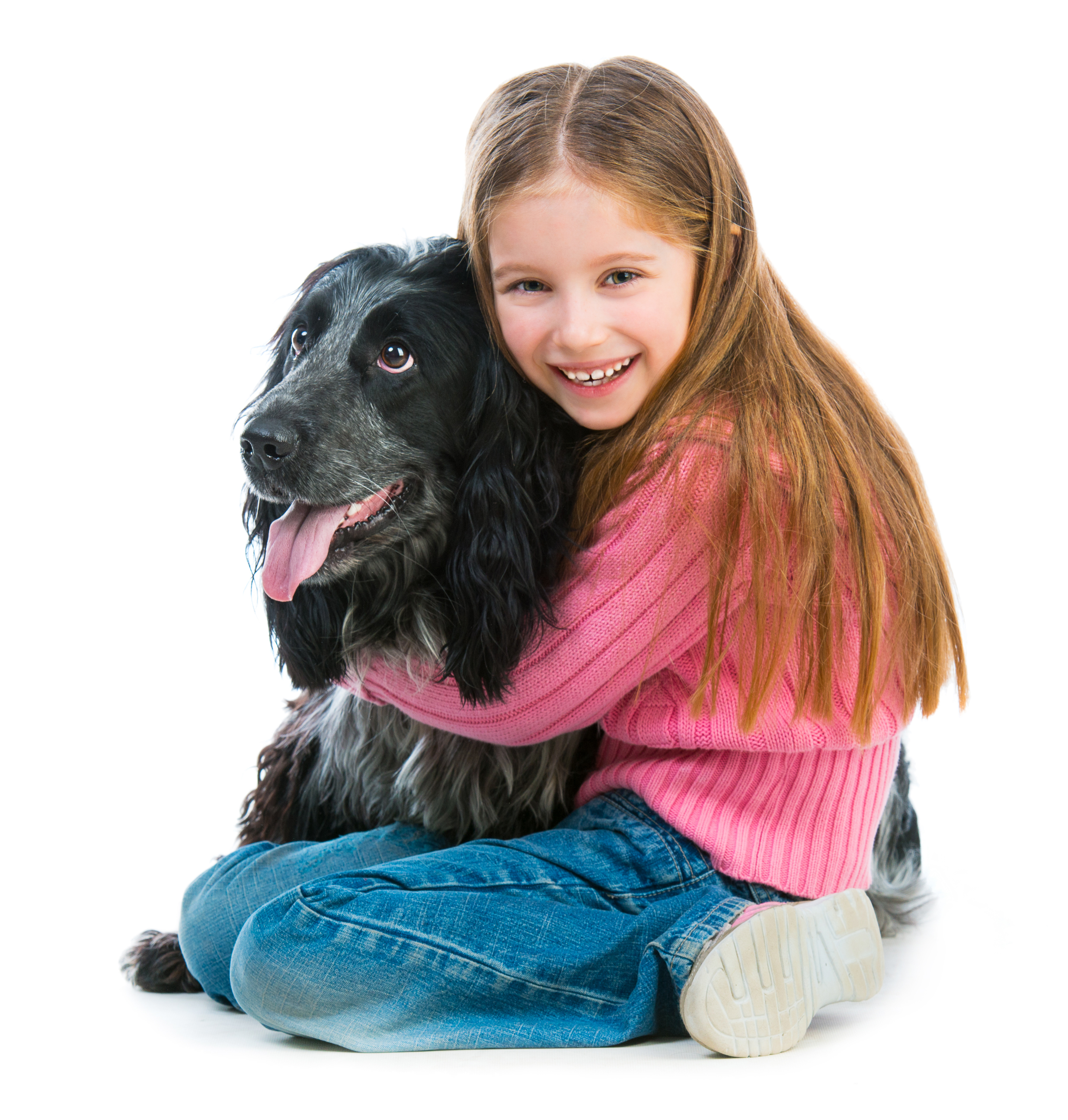Now, for those over 40 who have an intimate understanding of intervertebral disc disease, once you understand that this disease is essentially the same in humans as it is in dogs, there isn’t a need to keep reading! However, for those who may not yet be old enough to know firsthand what it means to start getting old, we here at IndulgeYourPet figured we should take a moment and discuss precisely what intervertebral disc disease is and shed some light on what you, as an owner, might be able to do to help your dog manage this painful condition.
So, without further ado, let’s dive right in!
Intervertebral Disc Disease Defined
Intervertebral disc disease (IVDD) is a medical term used to describe the wearing away of the cushioning plates that interlock the sections of the dog’s spine together. As anyone over 40 can tell you, these pads can become worn through age but also can be prone to going rancid due to genetics and some accidents.
And while…
Technically, one could experience these issues anywhere along one’s spine; this disease typically affects the thoracolumbar and neck regions of one’s back. Unfortunately, this disease has a nasty habit of worsening over time as the compression on the spinal cord increases and the nucleus pulposus (the center of the Vertebra) ceases to absorb any shock whatsoever.
Compression of…
Certain areas of the spine can lead to further problems of herniation – so this is not a “keep it till it gets better” type of condition. This is why, if you suspect your dog is suffering, take him to the vet immediately because it will likely get a lot worse as time goes on. A herniated disk can occur when the shock absorbers between the plates finally disintegrate. This can lead to paralysis, pain sensation in the limbs and spine, and swelling between the vertebral areas of the back.
Symptoms of Intervertebral Disc Disease
Symptoms or signs that your pup may be suffering from intervertebral disc disease may include:
- Lameness or weakness of the back legs,
- Crying out in pain,
- A hunched back,
- Muscle spasms,
- And loss of appetite.
Commonly Affected Breeds
There are two types of IVDD in dogs. The first, explored above, tends to affect only dogs with dwarfism. The second is rarer and can affect bigger dogs later on in life. This second variant is degenerative, and that is why not all of the dogs on this list are tiny!
- Basset Hound,
- Beagle,
- Bulldog,
- Cavalier King Charles Spaniel,
- Cocker Spaniel,
- Doberman Pinscher,
- French Bulldog,
- Miniature Poodle,
- Pekingese,
- Pomeranian,
- Shih Tzu,
- Welsh Corgi.
This disease is particularly prevalent in chondrodystrophic dogs (that’s dogs who suffer from genetic dwarfism, such as Dachshunds, to you and me). IVDD in dogs can be eased somewhat using anti-inflammatory medications, but ultimately, this is a short-term solution for a long-term problem.
Treatment Options for IVDD in Dogs
Typically, your Veterinary surgeon will want to start your dog’s treatment by prescribing various anti-inflammatory drugs. These will help isolate the swelling between the Vertebra and allow your dog to heal. However, dogs suffering chronic pain, extreme appetite loss, or other, specifically acute symptoms may be in large amounts of pain. It is at these times that your vet will consider surgery.
It should be noted, though…
That surgery is less likely to be an option if your pet is ancient or has other underlying medical concerns. However, it is the most effective and complete way to treat this condition and avoid lifelong medication costs. Now, for those dogs that are not so far progressed in their disease yet, the vet may prescribe bed rest – that’s a full thirty days of no walks for your poor companion, but it is for the best. A combination of the anti-inflammatory medications and this rest should see the swelling return to a manageable size, marking an increase in your dog’s health.
Now, if surgery is…
The recommended course of action, the exact surgical procedure that your vet will order, will change depending on what variant of the condition your pet has and which area needs to be operated on. Options may include one process that involves cutting along the length of the spine to gain access to the entire spinal column. A second operation will target specific areas and is thought to be less risky… although if your dog needs the former, you will have little choice.
Which brings us to…
We want to remind folks that we at IndulgeYourPet are not doctors, veterinarians, or medical professionals. We are all a bunch of folks passionate about animals and only want what’s best for them. If you feel your pet may have intervertebral disc disease (or any other health issue), you’ll want to have them checked out by a vet ASAP!
Because…
An early diagnosis will often lead to the “best” medical outcome for your pet regardless of what is bothering them, but beyond that, diagnosing a medical condition early could save you a bundle in medical costs! This is why we here at IndulgeYourPet also recommend that any new pet owner take a moment and see what it might cost to purchase a pet insurance policy for your new animal.
Now, will a pet insurance policy be suitable for everyone?
No, probably not. But until you fully understand what these policies “will” and “won’t” cover and how much these pet insurance policies cost, how will you know if one might be right for you?
For more information on who we feel currently offers the “best” pet insurance policies out there, we would encourage you to check out our Best Pet Insurance Policies article.



